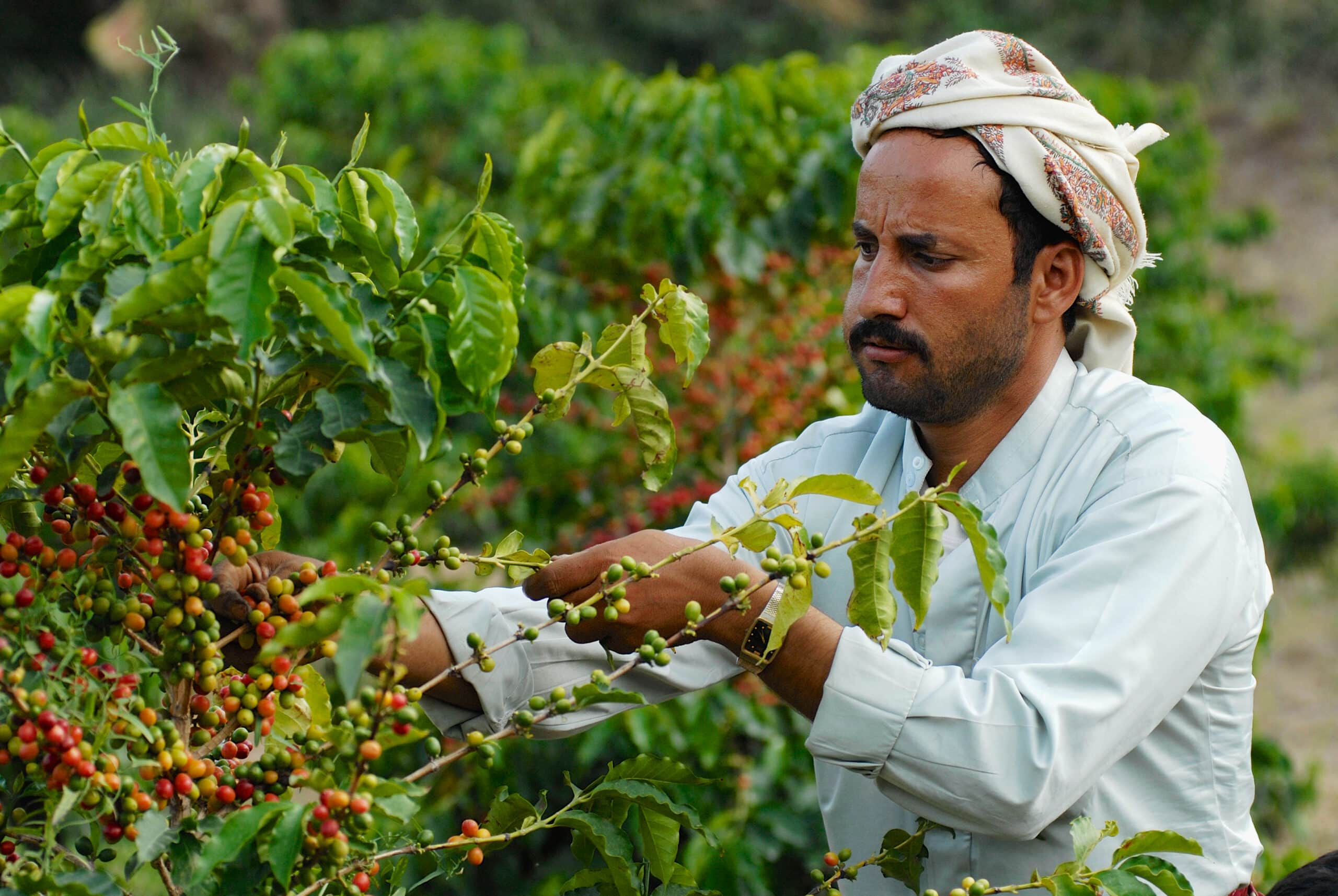Approaches to farmland management can be grouped into two categories: bottom-up strategies driven by farmers and local communities and top-down strategies imposed by policies or organisations.
Bottom-up (farmer-initiated) strategies often rely on local knowledge and the voluntary adoption of practices tailored to local conditions. In contrast, top-down approaches are often mandated by government policies, international programmes, or corporate initiatives; these typically set rigid rules or incentives that farmers are expected to follow.
This article compares bottom-up and top-down approaches to farmland management. It examines how each impacts soil conservation, water use, and crop diversification.
Impact on soil conservation
Healthy soil is the foundation of agriculture, with an estimated 95% of the world’s food being highly dependent on soil health. At the same time, nearly one-third of global agricultural land is now significantly degraded due to soil erosion, nutrient depletion, overuse of chemicals, and other unsustainable practices. All of this directly threatens long-term farm productivity and food security.
To conserve soil health, common bottom-up practices like cover cropping, no-till farming, and more sustainable approaches to nutrient management have been implemented to rebuild the levels of organic matter in soil and safeguard the productive capacity of land. For instance, in the Sahel region of Africa, farmers from Niger have pioneered Farmer-Managed Natural Regeneration (FMNR), which involves nurturing tree stumps and seedlings in their fields instead of clearing them. This low-cost, bottom-up practice has regenerated over 5 million hectares of formerly barren cropland into re-greened farmlands. It has significantly improved soil fertility and moisture retention, and the land is now capable of yielding ~30% higher grain harvests leading to substantially higher incomes for the farmers.
At the other end of the scale, top-down approaches have proven effective at mobilising resources at scale and setting enforceable standards. For instance, in the US, policymakers achieved a 40% reduction in nationwide cropland erosion between 1982 and 1997 by requiring farmers to implement soil-saving practices on highly erodable cropland.
Impact on water use
Agriculture accounts for about 70% of global freshwater use, and many farming regions are literally drying up. Prolonged droughts and the excessive extraction of groundwater are depleting many of the aquifers that farms depend on. Increasingly, water scarcity is pushing agribusinesses to invest in water-efficient technologies such as drip irrigation systems and soil moisture sensors as well as water recycling initiatives and more drought-resistant crop varieties.
Numerous bottom-up strategies have been implemented successfully around the world; for instance, in parts of India, village communities have boosted aquifer replenishing rates and provided irrigation in dry seasons by reviving ancient tank systems and constructing check-dams. Likewise in West Africa, farmers have developed low-cost methods such as stone lines and planting pits to slow runoff and enhance soil moisture, effectively “harvesting” water even without elaborate irrigation infrastructure.
By involving local stakeholders directly in the design and maintenance of these systems, bottom-up approaches have helped foster social cohesion. However, they are not without their limitations. While these systems can effectively manage water within a village or watershed, they ultimately lack sufficient scope and coordination to work across broader areas, such as an entire river basin.
In contrast, top-down water management projects such as large-scale irrigation initiatives, national water quotas, and water policies and agreements can offer much greater scalability and integration. For instance, China’s South-North Water Transfer Project, which began in 2002, utilises over 2,400 kilometres of canals, tunnels, and reservoirs to divert water from the Yangtze River in the south to water-scarce northern provinces.
The project has cost more than $80 billion to date and is a prime example of how centralised planning can mobilise infrastructure at a scale that bottom-up approaches typically cannot achieve. However, it is also worth noting that when these initiatives lack meaningful stakeholder engagement, they often struggle to adapt to local conditions and may fail to address the nuanced, site-specific needs of the communities they aim to serve. Such initiatives also often face criticism related to ecological disruption, community displacement, and their high financial costs.
Impact on crop diversification
Indigenous farmers often grow a diverse range of crops attuned to local climate conditions and cultural preferences. This inherently generates agricultural biodiversity, which in turn provides protection against pests, extreme weather events, and seasonal market fluctuations. This is particularly true of smallholder farmers who often preserve inherited varieties and cultivars that have been passed down through generations and across communities specifically because they are well-adapted to local soils, climates, and farming practices.
Bottom-up farmland management strategies tend to strengthen and protect crop diversification through informal networks such as seed exchanges, community seed banks, and peer-to-peer agroecology training. These strategies can play a crucial role in spreading locally adapted knowledge and seed varieties, which can in turn enhance community resilience and reduce dependency on commercial seed systems and agri-inputs.
Historically, many top-down agricultural policies have promoted specialisation in select staple or cash crops. This has inadvertently discouraged diversification and introduced nutritional and environmental challenges, including groundwater depletion. More recently, however, some policymakers have begun integrating diversification goals into farmland management strategies, offering incentives, subsidies, or extension support services to farmers to grow alternative crops. Examples include government-backed programmes in Ethiopia promoting pulses and legumes alongside traditional cereals. These approaches can achieve significant scale rapidly. They also risk low adoption rates if the new crops lack immediate profitability and often require initial subsidies or guaranteed markets to succeed.
The future of farmland management
Too often, top-down approaches to farmland management are imposed through a “one-size-fits-all” approach. They can quickly achieve broad implementation but run the risk of being ill-suited to local conditions, especially where planners don’t involve local farmers and experts. There is also the risk that without ongoing oversight or incentives, farmers are likely to abandon such measures once external pressures emerge.
Bottom-up practices, in contrast, tailor solutions to local environments and sustain them through community effort. They tend to create a stronger sense of ownership and dedication among farmers, which fosters greater commitment and ensures practices are maintained for longer.
Ultimately, experience demonstrates that neither approach offers a singular, sweeping solution. Instead, it is only by combining both approaches that we can mitigate against their shortcomings, fostering a more adaptive and inclusive agricultural system, and ensure more resilient, sustainable, and effective farmland management.
Here at Farrelly Mitchell, we understand the importance of developing the best possible farmland management strategy. Our agribusiness experts partner closely with farmers, communities, policymakers, NGO’s and industry stakeholders to develop customised solutions that blend local insights with global best practices. Leveraging our international expertise and deep industry experience, we help clients develop strategies that deliver lasting productivity, environmental sustainability, and resilience. Our services and expertise in rural development, soil management, biodiversity, water management, and crop diversification can help your organisation optimise farmland management and maximise agricultural efficiency. To find out more, contact us today.














